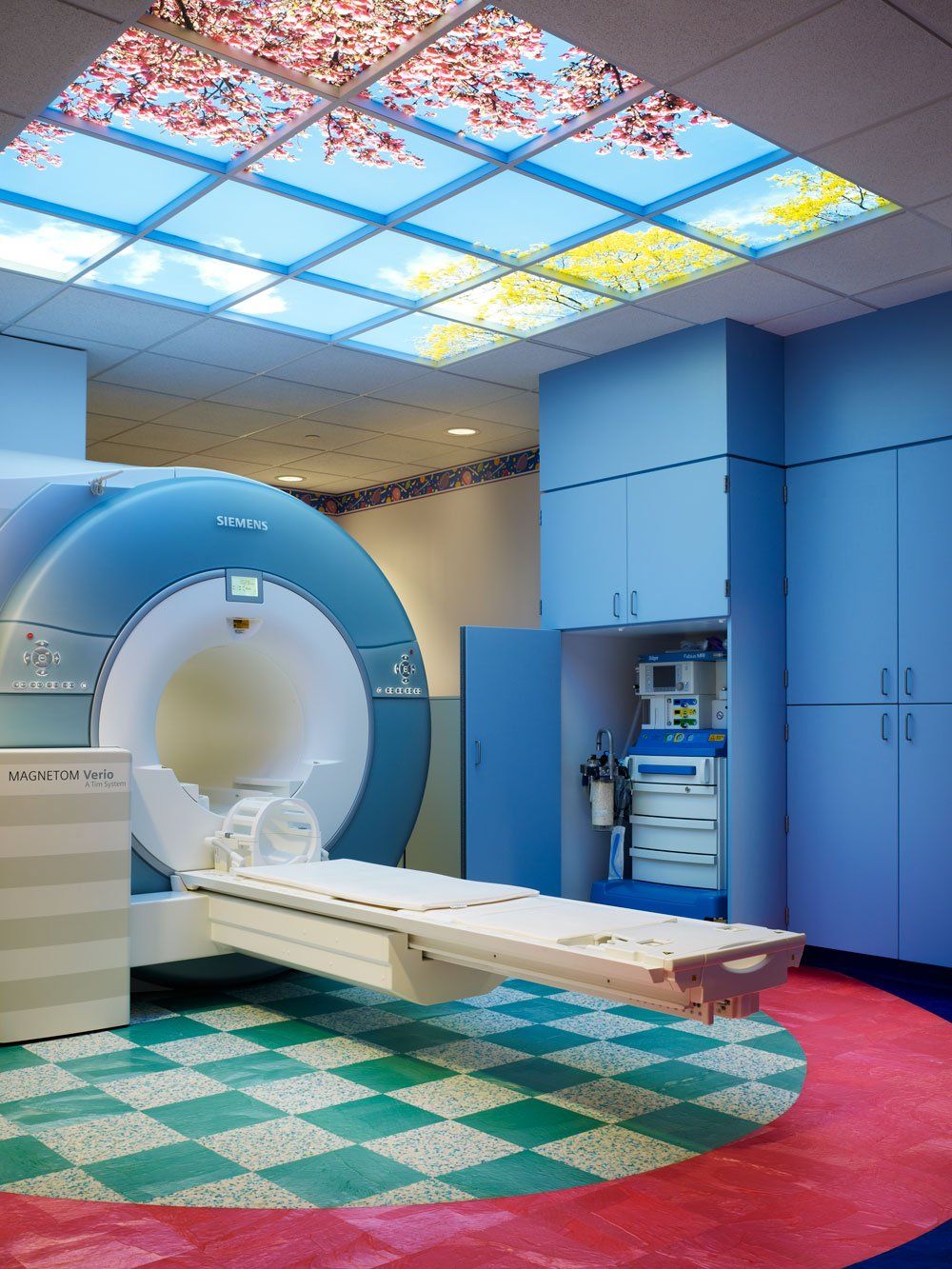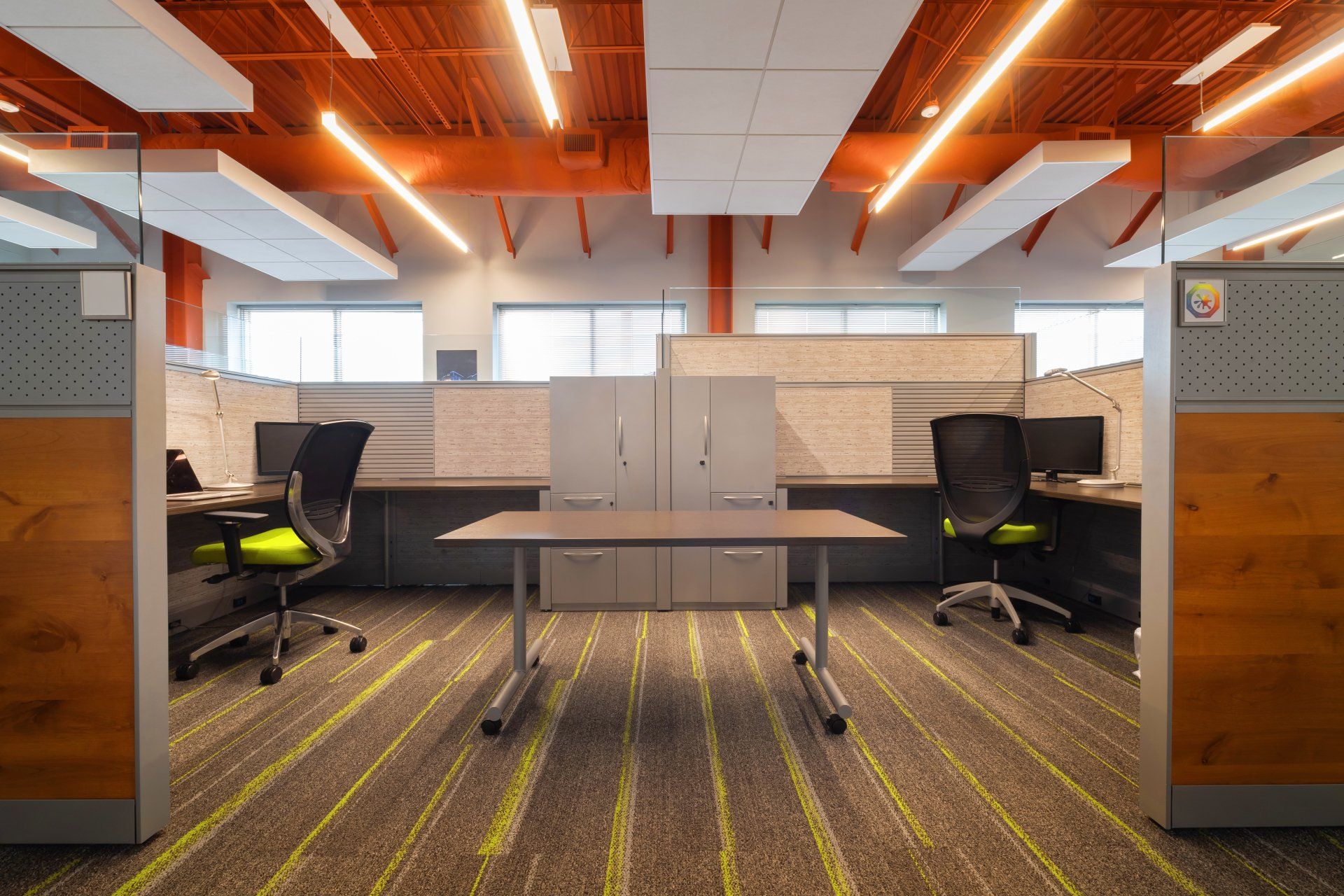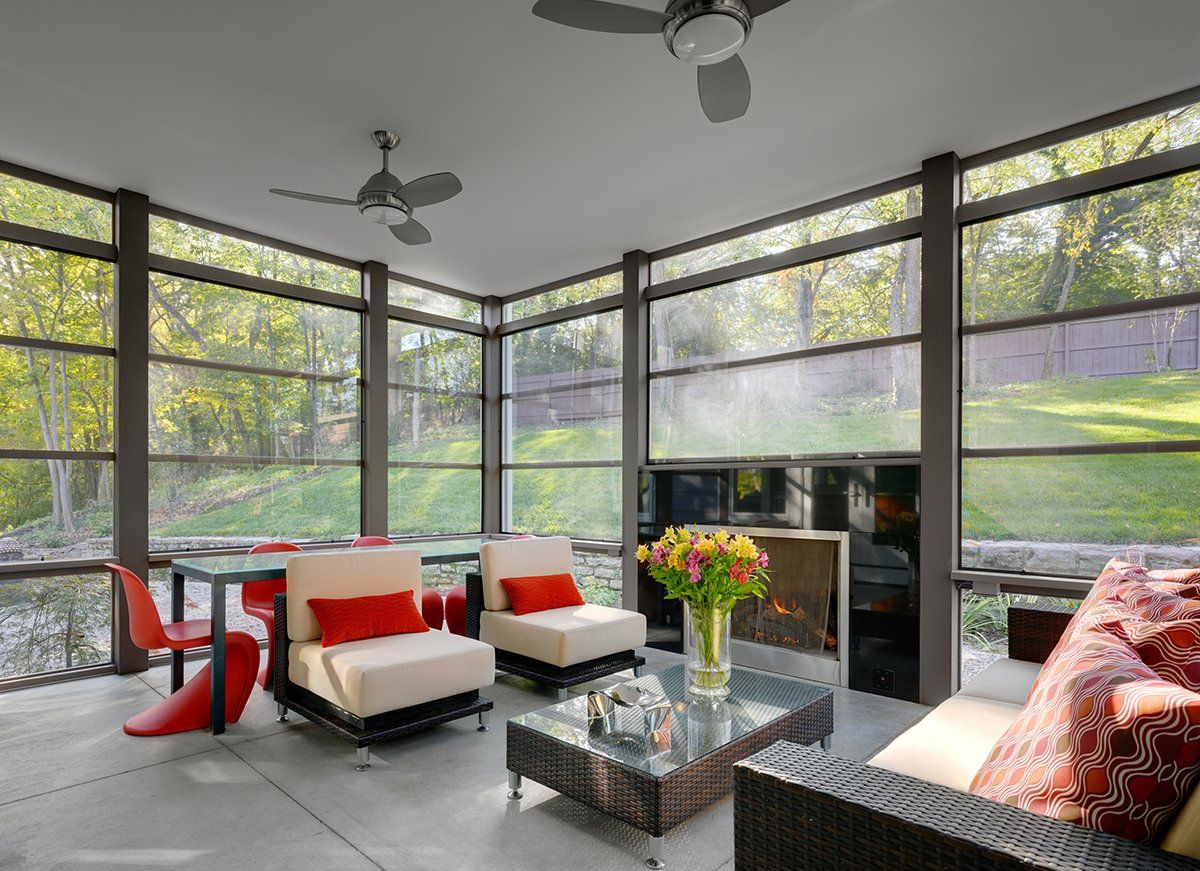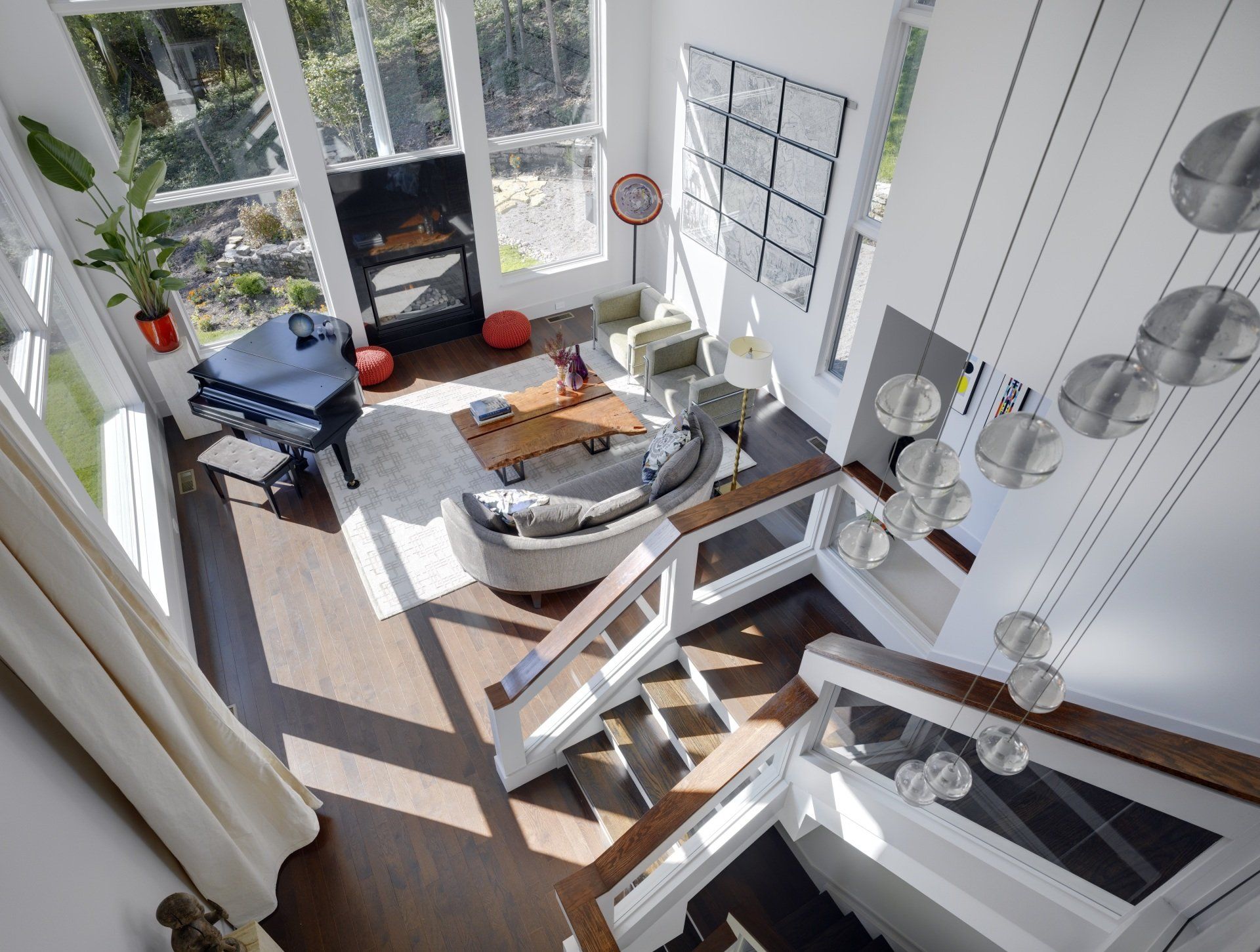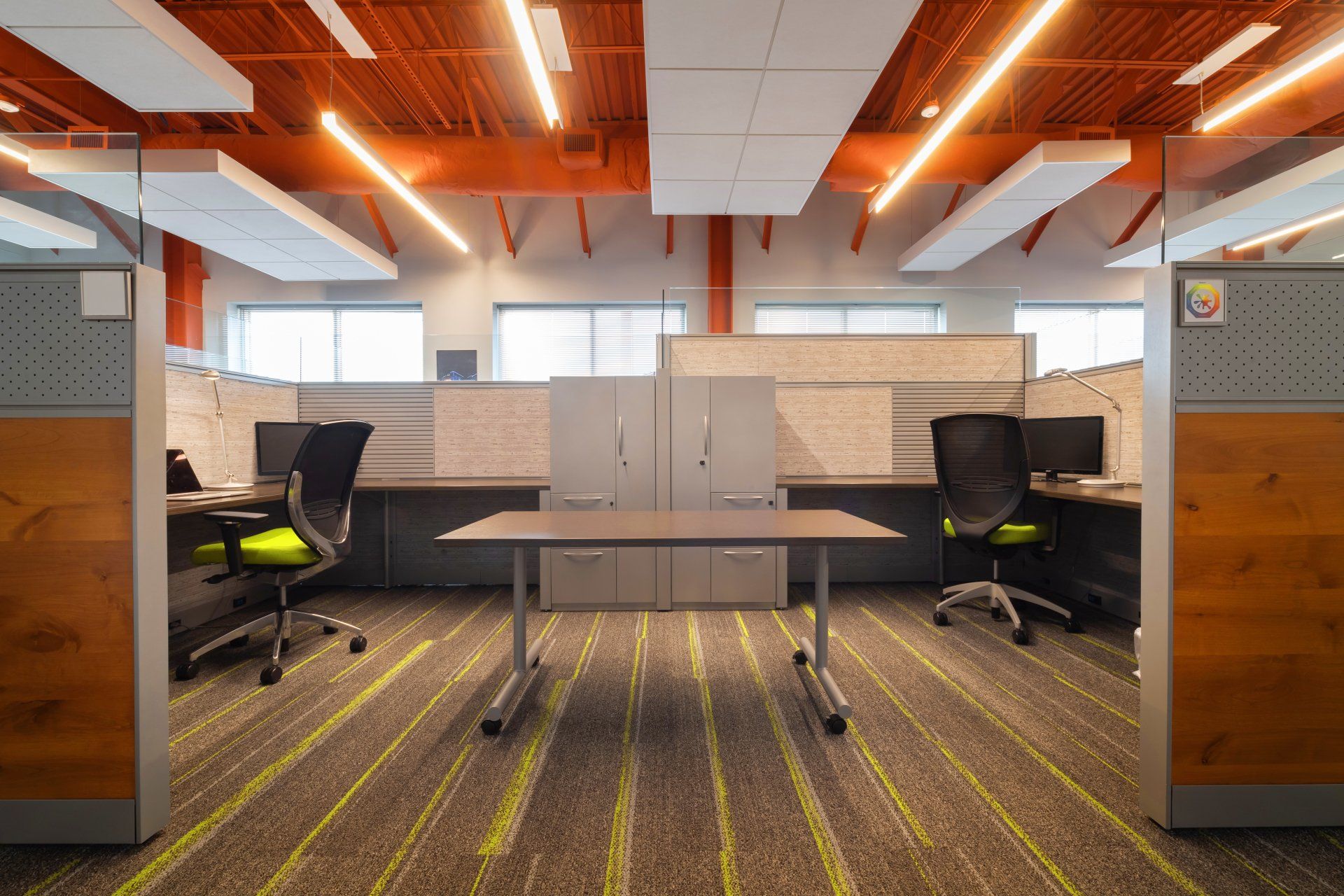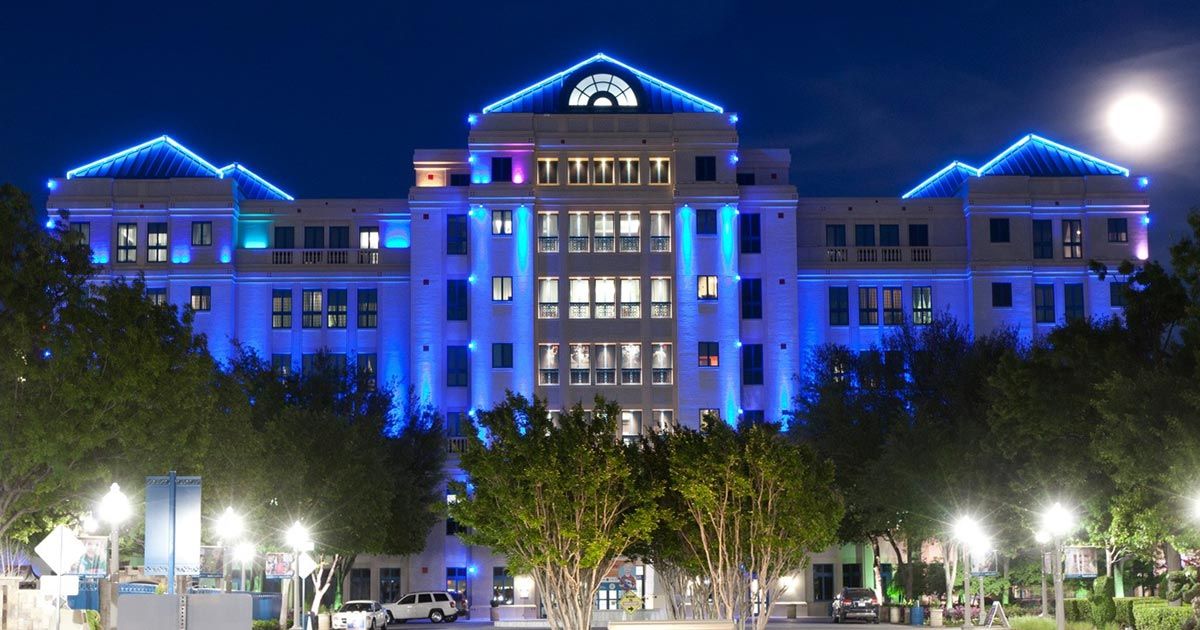Welcome to Keller Studio
Client goals aligned with a response to context. Attention to detail combined with seeing over the horizon. Can floor patterns in a hospital help with wayfinding? Can the orientation of a house engage passive solar? Keller Studio is about delivering more than expected. See what we're all about.
More about us

